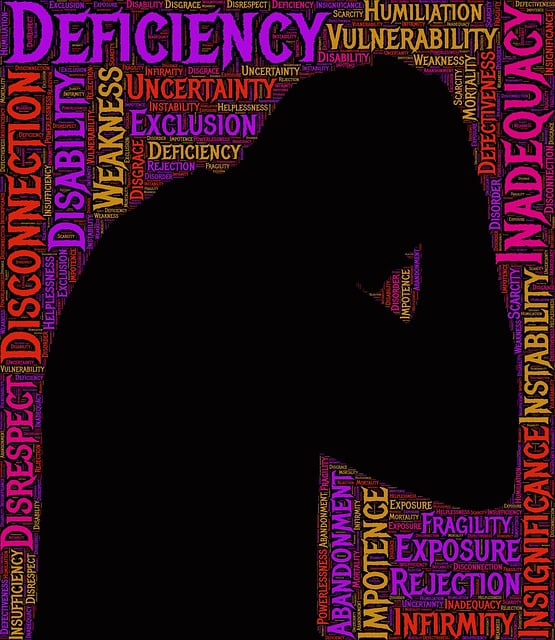Creating safe, supportive group environments through empathy, active listening, and non-judgmental feedback is crucial for effective mental health facilitation, especially in suicide prevention. Tools like reflective listening, conflict resolution techniques, and awareness campaigns foster understanding, reduce stigma, and enhance healing. This tailored holistic approach contributes to Superior Suicide Prevention Therapy, empowering individuals with improved coping skills and reduced risk of self-harm.
Mental wellness group facilitation plays a pivotal role in enhancing overall well-being and offering support networks. This article explores effective techniques for facilitating groups, focusing on understanding mental health dynamics and creating safe spaces. We delve into strategies for suicide prevention, emphasizing the power of communication. By employing these superior suicide prevention therapy methods, facilitators can foster inclusive environments, encourage open dialogue, and ultimately improve mental wellness outcomes for group members.
- Understanding Mental Health and Group Dynamics
- Facilitating Safe and Supportive Group Environments
- Effective Communication and Intervention Strategies for Suicide Prevention
Understanding Mental Health and Group Dynamics

Understanding mental health is paramount for effective group facilitation, especially when addressing sensitive topics like suicide prevention. Group dynamics play a crucial role in creating a safe and supportive environment where individuals can openly discuss their experiences, challenges, and coping mechanisms. As a facilitator, fostering an atmosphere of trust, empathy, and active listening is essential to encourage participation and engagement. By utilizing communication strategies such as reflective listening and non-judgmental feedback, facilitators create a space that welcomes vulnerability and promotes healing.
Public awareness campaigns development and conflict resolution techniques are valuable tools within this context. Educating group members about mental health disorders and their impact can reduce stigma and promote understanding. Conflict resolution skills enable participants to navigate differences constructively, enhancing the overall therapeutic experience. Ultimately, these strategies contribute to a comprehensive approach in superior suicide prevention therapy, ensuring that individuals receive holistic support tailored to their unique needs.
Facilitating Safe and Supportive Group Environments

Creating a safe and supportive environment is paramount when facilitating mental wellness groups. This includes fostering an atmosphere where every participant feels heard, respected, and free to express their thoughts and feelings without fear of judgment or ridicule. Group facilitators should model emotional regulation by demonstrating active listening, empathy, and calmness, even in the face of distressing shares. Using inclusive language, validating emotions, and encouraging peers to offer support can help cultivate a sense of belonging and safety.
To enhance these environments, consider integrating conflict resolution techniques that promote respectful dialogue and constructive feedback. Techniques such as active confrontation, mediating discussions, and teaching de-escalation strategies empower group members to navigate disagreements healthily and strengthen their bonds. Ultimately, these practices contribute to superior suicide prevention therapy by fostering a sense of community, reducing social isolation, and equipping individuals with valuable coping mechanisms for managing emotional distress.
Effective Communication and Intervention Strategies for Suicide Prevention

In facilitating mental wellness groups, especially with at-risk individuals, effective communication plays a pivotal role in suicide prevention. Group leaders must create a safe and non-judgmental space where members feel comfortable expressing their thoughts and emotions openly. Active listening, empathy, and validating participants’ feelings are crucial techniques to foster trust and encourage vulnerability. By using open-ended questions, facilitators can prompt discussions around coping mechanisms, inner strength development, and resilience building—all essential aspects of superior suicide prevention therapy.
Intervention strategies should be tailored to address individual needs while also considering the group’s dynamics. Mental health professionals must be adept at recognizing warning signs of suicidal ideation and implementing risk management planning. This includes teaching members effective stress management techniques, promoting healthy coping mechanisms, and integrating resilience-building exercises into group activities. By combining these approaches, facilitators can empower individuals to develop inner strength, enhance their ability to navigate challenges, and ultimately reduce the risk of self-harm within the group setting.
Group facilitation techniques play a pivotal role in enhancing mental wellness and offering superior suicide prevention therapy. By fostering safe, supportive environments that encourage open communication, professionals can effectively intervene and provide much-needed support. The strategies outlined in this article, when implemented with care, have the potential to revolutionize mental health care, ensuring individuals feel heard, understood, and empowered on their journey towards healing and resilience.














